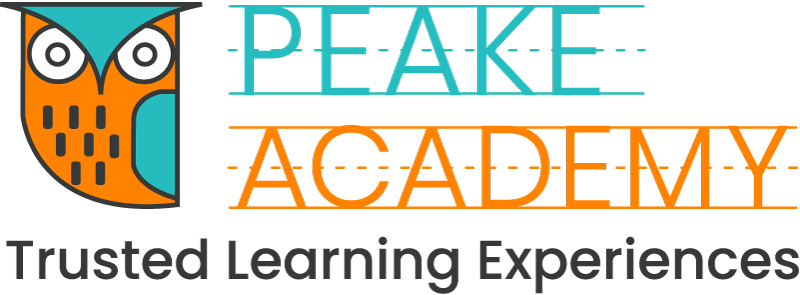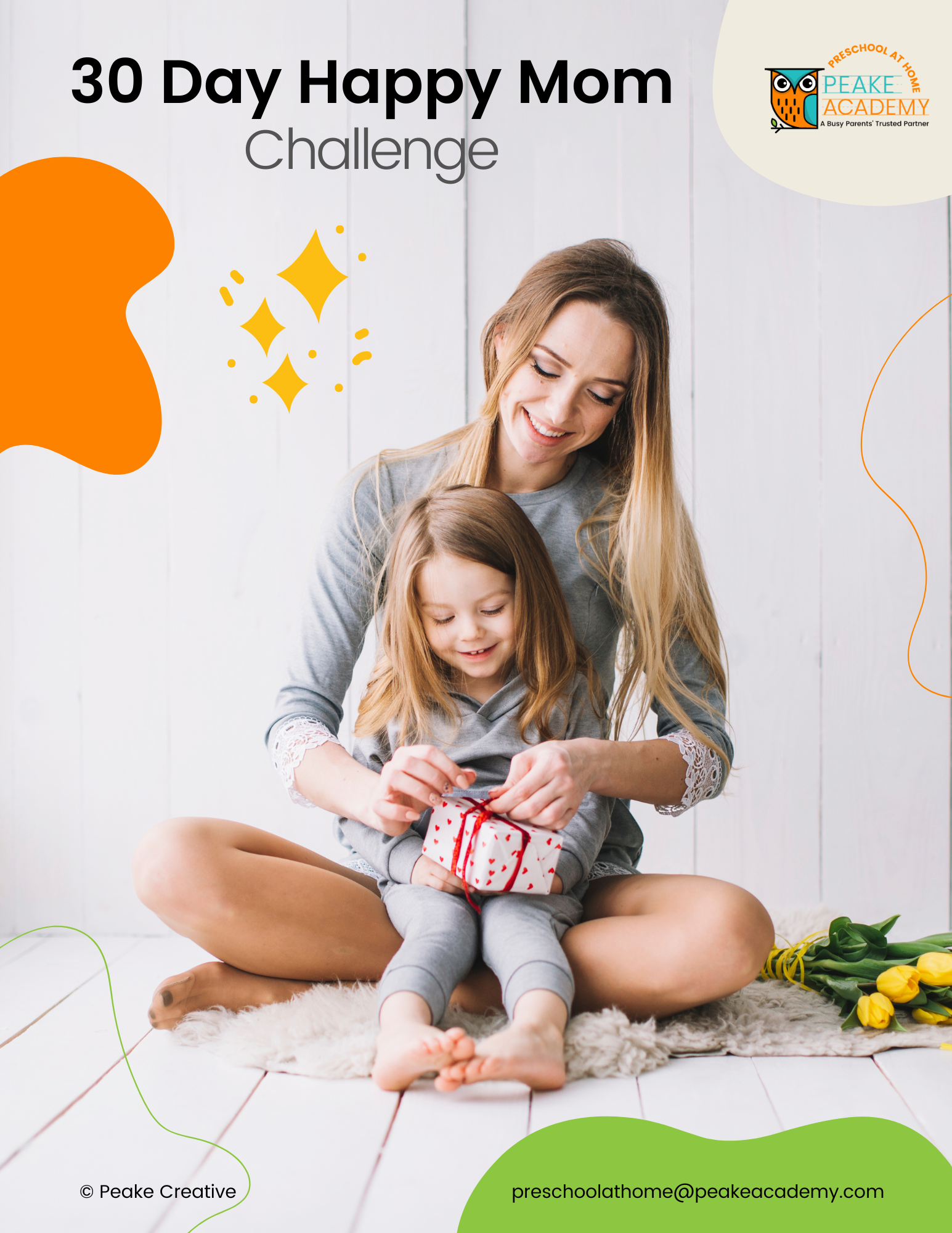Building Bridges: 7 Key Insights for Effective Parent-Teacher Communication
Communication is the cornerstone of any successful relationship, and the partnership between parents and teachers is no exception. In the journey of nurturing young minds, a strong bridge between the home and the classroom can make all the difference. Effective parent-teacher communication lays the foundation for a supportive learning environment, fosters collaboration, and enhances a student's educational experience. Let's delve into seven key insights that can help build and maintain these crucial bridges.
1. Open Channels of Communication
The first step in creating effective parent-teacher communication is to establish open and accessible channels. Both parties should feel comfortable reaching out to each other with questions, concerns, and updates. Schools can employ various methods such as emails, newsletters, apps, and regular parent-teacher conferences to ensure parents are well-informed about classroom activities, assignments, and their child's progress. Likewise, parents should provide teachers with their preferred method of communication, making it easier for teachers to share information effectively.
2. Listen Actively and Empathetically
Communication is a two-way street. Effective communication involves active listening and showing empathy. Teachers should lend a patient ear to parents' concerns and ideas, acknowledging their perspective. Similarly, parents should take the time to understand teachers' challenges and the nuances of classroom dynamics. This empathetic exchange builds trust and creates an environment where both sides feel heard and valued.
3. Set Clear Expectations
Setting clear expectations is vital in avoiding misunderstandings. Teachers should communicate their teaching methods, grading criteria, and classroom rules at the beginning of the academic year. Similarly, parents should share their expectations for their child's education and inquire about ways they can support the learning process at home. When both parties are on the same page, it becomes easier to work together towards common goals.
4. Regular Updates on Progress
Transparent communication about a student's progress is a key aspect of effective parent-teacher collaboration. Regular updates on assignments, tests, and projects help parents stay informed about their child's academic performance. If a student is excelling or facing challenges, early communication allows parents and teachers to brainstorm strategies for improvement. These updates can also highlight a student's strengths and areas for growth, fostering a holistic understanding of their development.
5. Celebrate Achievements Together
Acknowledging a student's achievements, both big and small, is crucial. Teachers can keep parents informed about their child's successes in academics, sports, arts, or character development. Celebrating these milestones together strengthens the bond between parents, teachers, and students, motivating students to strive for excellence. Recognition and encouragement contribute to a positive learning environment that nurtures confidence and self-esteem.
6. Address Challenges Collaboratively
Challenges are an inevitable part of education, and addressing them requires a united front. When a student faces difficulties, collaboration between parents and teachers can yield effective solutions. Whether it's academic struggles, behavioral issues, or social concerns, an open dialogue enables the identification of the root causes and the implementation of appropriate interventions. Working together demonstrates to the student that their well-being is a shared priority.
7. Respect Each Other's Expertise
Both parents and teachers bring unique perspectives and expertise to a child's education. Teachers have professional knowledge of pedagogy, while parents possess valuable insights into their child's personality, interests, and learning style. Recognizing and respecting each other's expertise creates a harmonious partnership. Collaboratively leveraging this combined knowledge can lead to tailored approaches that cater to the student's holistic growth.
In conclusion, effective parent-teacher communication is the bridge that connects the worlds of home and school. Open channels, active listening, clear expectations, regular updates, celebrations, collaborative problem-solving, and mutual respect are the pillars upon which this bridge is built. When parents and teachers work together, sharing insights and strategies, the student's educational journey becomes enriched, fostering a supportive environment for learning and growth.
Free Resource
Thank you for reading this content. And if you loved this post, please be sure to join our Parent Advisor Facebook group where we share more insights and community.
Be sure to download your FREE All About Me printable made by Peake Academy Preschool at Home. This fun activity lets kids showcase their unique personalities, featuring sections for a personal photo, favorite things, fascinating facts, and three super cool tidbits about themselves. Unleash creativity and self-expression with this interactive printable!
Everyone deserves self-care
The same goes for busy moms like you. So let's do it together and create a healthy habit!
Join the 30-Day Happy Mom Challenge Today!
Visit our Parent Advisor and The Buzz Blogs to learn more about related topics and parenting tips. You are welcome to join our private Parent Advisor Facebook group. It’s a growing community of parents and preschool teachers where you can learn and share more parenting tips.






